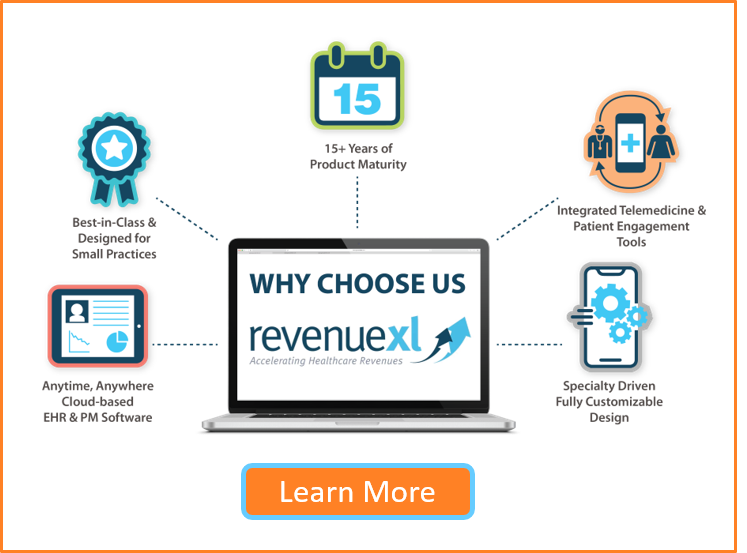Introduction
Eligibility and benefits verification is a cornerstone of effective revenue cycle management. Learn more about eligibility verification to reduce claim denials and improve billing accuracy. Ensuring that patients’ insurance information is accurate and up-to-date reduces claim denials, improves billing accuracy, and enhances patient satisfaction. This guide explores the key aspects of eligibility verification, its importance in healthcare operations, and actionable strategies to optimize your practice’s verification processes.
What is Eligibility and Benefits Verification?
Eligibility and benefits verification is the process of confirming a patient’s insurance coverage, benefits, co-pays, deductibles, and pre-authorization requirements. Learn more about electronic prior authorization to ensure smoother workflows. This step ensures that both providers and patients have a clear understanding of financial responsibilities before services are rendered. By verifying eligibility in advance, practices can minimize errors, streamline billing, and improve the overall patient experience. Explore tools that make this process seamless.
Why is Eligibility Verification Crucial for Revenue Cycle Management?
Accurate eligibility verification directly impacts the financial health of a practice. Here’s how:
-
Prevents Claim Denials: Errors in insurance information are a leading cause of claim rejections. Verifying coverage ensures that claims are submitted accurately, reducing costly denials.
-
Improves Cash Flow: Proper verification allows for accurate billing, ensuring timely payments from insurers and patients.
-
Enhances Patient Satisfaction: Transparency about costs reduces financial surprises, fostering trust and improving the patient experience.
For example, failing to verify pre-authorization requirements for a procedure could lead to denied claims, creating frustration for both the provider and the patient. Avoiding these pitfalls ensures smoother operations and better outcomes. Explore our guide to denial management to further optimize your revenue cycle.
Best Practices for Eligibility and Benefits Verification
Adopting best practices can significantly enhance your verification process. Consider these strategies:
-
Verify Early and Often: Conduct eligibility checks well before the patient’s visit and reconfirm at check-in to catch any last-minute changes.
-
Leverage Technology: Use EHR systems with integrated eligibility verification tools for real-time updates and automated checks.
-
Develop Standardized Workflows: Create a checklist that guides staff through each step of the verification process, ensuring consistency and thoroughness.
-
Stay Informed: Regularly review payer policies to stay updated on coverage changes and pre-authorization requirements.
-
Train Your Team: Invest in staff training to help them recognize common errors and understand the importance of accurate verification.
Tools and Software for Verification
Technology is a game-changer in eligibility and benefits verification. For example, AMA CPT Practice Management and Medicare Learning Network provide excellent resources to help practices stay informed. Discover how AI in EHR systems is transforming these processes. Modern EHR and practice management systems simplify the process with features like:
-
Real-Time Eligibility Checks: Instantly verify patient coverage and benefits to avoid delays.
-
Automated Alerts: Get notifications about incomplete or incorrect information before claims are submitted.
-
Streamlined Workflows: Integration with billing and scheduling tools ensures seamless operations.
For instance, RevenueXL’s EHR software includes real-time eligibility verification features that minimize manual errors and improve efficiency.
FAQs: What Are the Most Common Eligibility Verification Errors and How to Avoid Them?
1. What are the most common errors in eligibility verification?
-
Incorrect Patient Information: Spelling errors, wrong dates of birth, or incorrect insurance IDs.
-
Outdated Insurance Details: Coverage changes or terminations not identified in time.
-
Overlooking Pre-Authorization Requirements: Procedures performed without necessary approvals.
-
Assuming Coverage: Relying on outdated or incomplete data.
-
Ignoring Secondary Insurance: Missing details about coordination of benefits.
2. How can practices avoid these errors?
-
Verify patient information at every visit.
-
Use real-time eligibility verification tools.
-
Train staff to double-check details and recognize common errors.
-
Implement standardized workflows with clear checklists.
-
Stay updated on insurance policy changes.
3. How does technology help reduce verification errors?
Technology automates many aspects of verification, reducing the risk of manual errors. Features like real-time updates and automated alerts flag discrepancies before they become problems.
4. What should a robust eligibility verification process include?
-
Accurate collection of patient information.
-
Verification of coverage and benefits before the patient’s visit.
-
Checking for referrals, pre-authorization, and co-pays.
-
Confirming out-of-pocket limits and secondary insurance details.
5. How can practices improve patient satisfaction through better verification processes?
By ensuring accurate eligibility verification, practices can:
-
Clearly communicate financial responsibilities upfront.
-
Reduce unexpected billing surprises.
-
Resolve billing disputes faster, enhancing patient trust.
Conclusion
Eligibility and benefits verification is a critical step in managing a successful healthcare practice. Read about the future of EHR platforms and their impact on verification workflows. By adopting best practices, leveraging technology, and training your team, you can streamline operations, reduce claim denials, and improve patient satisfaction. Ready to transform your verification process? Explore tools like RevenueXL’s EHR software to take the first step towards greater efficiency and profitability.






